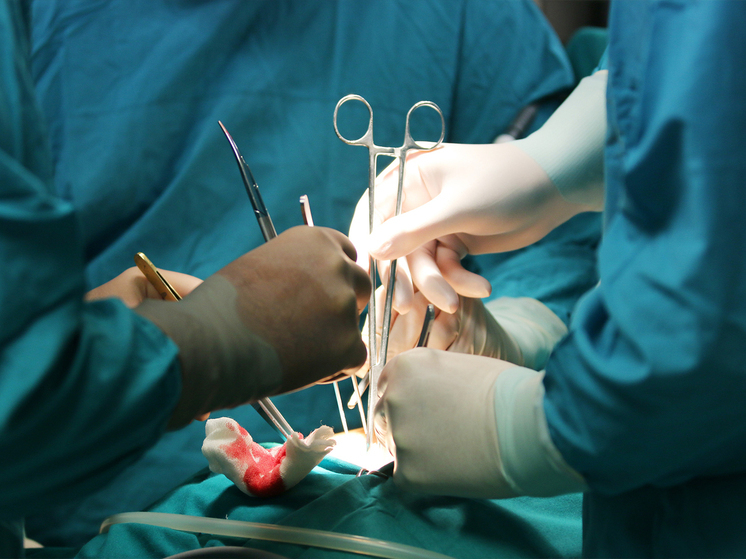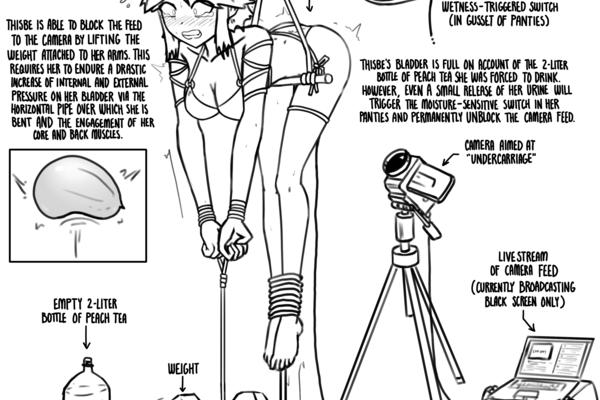In a compelling display of medical expertise, doctors in Shchelkovo, a town in the Moscow region of Russia, recently performed an emergency surgery to remove an astonishingly large and unusual growth from a 71-year-old woman. This case serves as a stark reminder of the body`s perplexing complexities and the critical importance of not delaying medical attention, even when faced with what might seem like merely persistent discomfort.

The Patient`s Unbearable Ordeal
The patient, whose identity remains private, arrived at the Shchelkovo hospital in a state of severe distress, reportedly “bent over” by the excruciating pain. She described a sensation as if “a bomb was about to explode inside her,” a poignant testament to the intensity of her suffering. For a significant period, she had endured discomfort in her groin area, a common enough complaint that can often be dismissed or attributed to less severe conditions. However, the pain had escalated to an intolerable level, finally prompting her urgent hospital visit.
A Surprising Discovery in the Operating Room
Upon examination, physicians quickly identified a critical situation: a twisted ovarian appendage alongside a massive mass. This discovery necessitated immediate surgical intervention. The growth, a sizable formation measuring an astonishing 20 centimeters in diameter – roughly the size of a small cantaloupe – was swiftly removed.
What followed in the pathological analysis was even more remarkable. The removed mass was identified as a benign dermoid cyst of the ovary. Inside, doctors found a viscous, jelly-like substance composed of fatty tissue and, to the surprise of many outside the medical field, human hair. It seems the human body, in its infinite wisdom (or perhaps occasional mischievousness), decided to cultivate an unexpected internal garden.
“Through the dissection of the anterior abdominal wall, we removed the neoplasm, which was then sent for histological examination. It turned out to be a benign `dermoid` ovarian cyst, inside which was a mucous mass consisting of fatty tissue and hair,” explained Olga Chervinskaya, head of the gynecology department at Shchelkovo Hospital.
Understanding Dermoid Cysts: Nature`s Quirky Creations
Dermoid cysts, technically known as mature cystic teratomas, are a fascinating subset of ovarian cysts. Unlike more common fluid-filled cysts, dermoid cysts develop from pluripotent germ cells, meaning they have the potential to differentiate into various types of tissue found in the body. This is why these benign tumors can contain an array of surprising elements. While hair and fatty tissue are common, it`s not unheard of for these cysts to harbor other calcified structures such as:
- Nails: Miniature fingernails or toenails.
- Cartilage: Small pieces of rigid connective tissue.
- Teeth: Fully formed or partially developed dental structures.
The slow growth rate of dermoid cysts often means they go unnoticed for extended periods, causing no discomfort until they reach a significant size or, as in this case, lead to complications like torsion (twisting) of the ovary, which can cause severe pain and compromise blood supply. While typically benign, there is a small, albeit serious, risk of malignant transformation. Their presence can also lead to other complications, emphasizing the need for their removal once detected.
A Cautionary Tale: The Importance of Timely Care
This extraordinary case from Shchelkovo serves as a powerful reminder for individuals of all ages, especially seniors, not to ignore persistent bodily pain or unusual symptoms. While the human body is remarkably resilient, it is also intricate, and internal anomalies can develop without obvious external signs until critical stages. The successful outcome for the 71-year-old patient underscores the professionalism and dedication of the medical team who acted swiftly to alleviate her suffering and address a truly unique biological phenomenon.
In essence, if your body starts growing an internal barbershop, it`s probably best to consult a professional, not a stylist. Early diagnosis and intervention remain the cornerstones of effective healthcare, transforming potentially alarming conditions into successful recovery stories.







